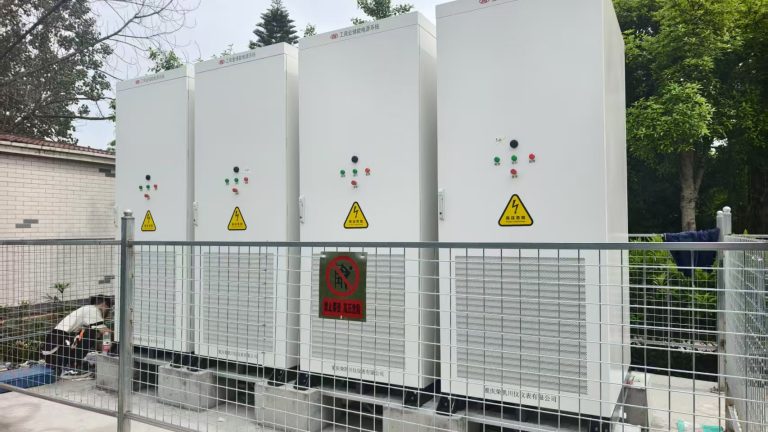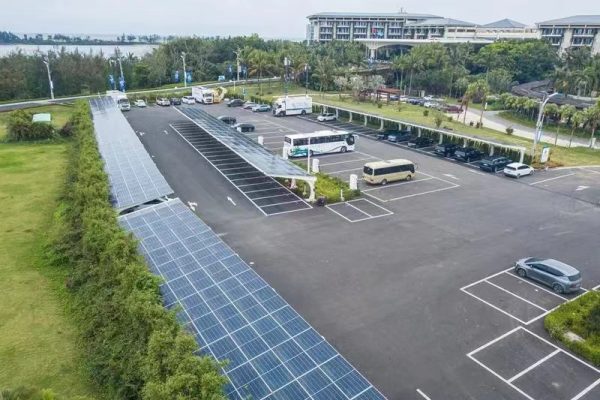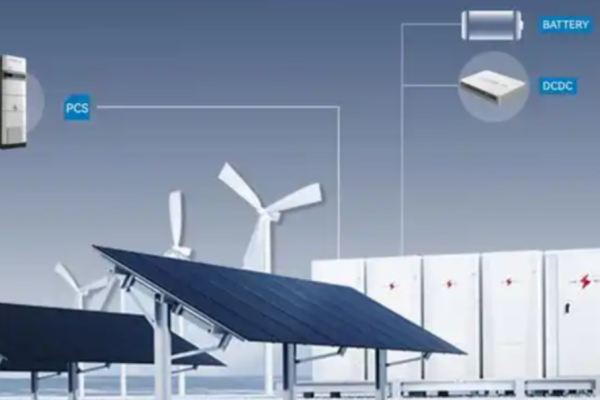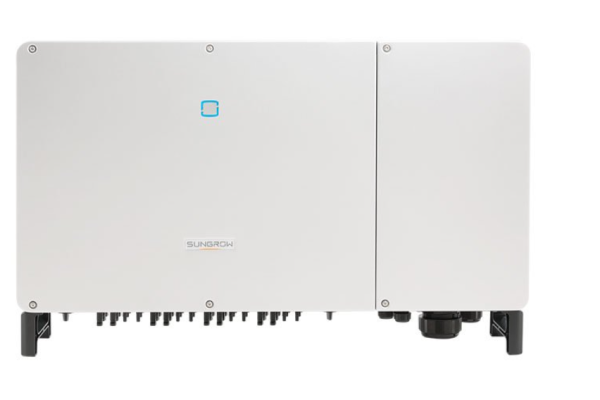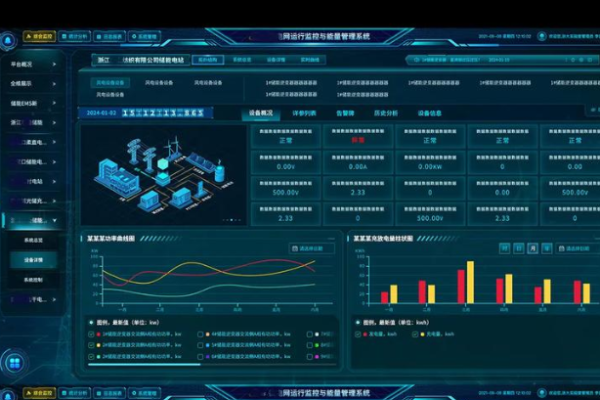Introduction: The Rise of Commercial Energy Storage
In today’s energy landscape, businesses are seeking ways to cut costs, improve power reliability, and achieve sustainability goals. Commercial and industrial (C&I) energy storage systems are at the heart of this transformation. From manufacturing plants and data centers to retail buildings and logistics warehouses, battery storage helps reduce peak demand charges, enhance solar self-consumption, and ensure power continuity.
However, choosing the right C&I storage system is far more complex than selecting a residential battery. The stakes are higher, the loads are larger, and integration must be precise. This guide will walk through the critical factors to consider when evaluating energy storage options for your business.
1. Define Your Use Case
Unlike residential systems that focus on backup and solar optimization, C&I storage solutions serve a broader set of applications:
- Peak Shaving: Reduce high-demand periods to avoid expensive demand charges
- Load Shifting: Move energy usage from high-tariff to low-tariff times
- Backup Power: Ensure business continuity during outages
- Renewable Integration: Pair with solar or wind for higher self-consumption
- Grid Services Participation: Engage in Frequency Regulation, VPPs, or demand response
🧭 Start with a Load Profile Study: Conduct at least 30-day load monitoring to identify demand spikes and consumption patterns.
2. Choose the Right Battery Technology
C&I storage requires high reliability, long life, and scalability. The mainstream battery chemistries include:
| Chemistry | Key Features | Typical Applications |
|---|---|---|
| LFP (LiFePO₄) | High cycle life, stable, low heat risk | Peak shaving, backup, solar integration |
| NMC | Higher energy density, smaller footprint | Space-constrained sites |
| Vanadium Redox Flow | Long-duration, low degradation | Utility-scale or long-discharge loads |
LFP remains the top choice for C&I due to safety, longevity, and declining cost trends.
3. System Sizing: Power vs. Energy
Two metrics define your storage system:
- Power (kW or MW): Determines how much load the system can handle at once (peak demand)
- Energy Capacity (kWh or MWh): Determines how long the battery can run
Example:
A warehouse aiming to shave 500 kW peaks for 2 hours/day will need a system rated for 500 kW / 1000 kWh.
⚠️ Design Tip: Oversizing either dimension without analysis leads to poor ROI. Use modeling tools to simulate actual usage.
4. Integration with Existing Infrastructure
C&I batteries must integrate with:
- Main Switchgear and Meters
- Backup Generators (if any)
- Building Management Systems (BMS)
- Onsite Solar PV or Wind Turbines
Choose between:
- AC-Coupled Systems: Easier retrofit, more flexible for mixed sources
- DC-Coupled Systems: More efficient for new installations with solar
Ensure the system includes or supports:
- Bi-directional inverters
- Smart EMS software
- Remote monitoring and fault alerts
5. Select a Smart Energy Management System (EMS)
The EMS is the digital brain of your battery system. Features to look for include:
- AI Optimization: Predicts load and schedules charging/discharging
- Grid Synchronization: Responds to dynamic price signals and outages
- Cloud Platform: Real-time monitoring, reporting, and remote troubleshooting
- Scalability: Able to add sites, batteries, or DERs (distributed energy resources)
🔍 Pro Insight: EMS with OpenADR or MODBUS compatibility ensures better utility integration and future service participation.
6. Safety, Compliance, and Location Planning
For commercial settings, safety is paramount:
- Certifications: UL 9540A, NFPA 855, IEC 62619, CE depending on region
- Fire Suppression: Especially in indoor or dense urban settings
- Thermal Management: Active cooling for large systems in hot zones
- Site Selection: Prefer outdoor cabinets for large-scale systems; ensure 1-hour firewalls for indoor units
Many municipalities now require detailed hazard risk assessments and permits prior to installation.
7. Evaluate Financials: CAPEX, ROI, and Incentives
System cost depends on size and configuration, but average benchmarks are:
| System Size | Approximate Cost (USD) | Typical Application |
|---|---|---|
| 250 kW / 500 kWh | $300,000–$500,000 | Peak shaving, solar pairing |
| 1 MW / 2 MWh | $1.2M–$2M | Industrial demand reduction |
| 5 MW+ | $5M+ | Utility-scale projects |
Incentives & Financing:
- U.S.: 30–50% tax credit via ITC + MACRS depreciation
- EU: National grants, carbon trading income
- APAC: Grid participation and feed-in tariffs
Financing models include:
- CAPEX Purchase
- Energy-as-a-Service (EaaS)
- Shared Savings Models
📈 ROI Horizon: Most C&I storage systems break even in 3–7 years depending on local rates and usage profile.
8. Case Study: Industrial Facility in Texas
- Profile: 800 kW peak demand, high TOU pricing
- Solution: 500 kW / 1200 kWh LFP battery + rooftop solar + AI EMS
- Result:
- Peak demand reduced by 35%
- $160,000/year saved in demand and TOU charges
- Payback period: 4.8 years
- Participating in local grid balancing market
9. Choosing the Right Vendor and Integrator
Look for vendors that provide:
- Turnkey design + engineering + commissioning
- Modular architecture for future scalability
- Local compliance support
- Bankable warranties (10-year on battery, 5+ on inverter)
Recommended questions to ask:
- How many similar deployments have you completed?
- What monitoring and O&M services are offered?
- Is your EMS platform open or proprietary?
- Can the system participate in grid services or carbon markets?
10. Future-Proofing Your Investment
Commercial battery systems are long-term assets. Future-proofing considerations include:
- Grid interactivity: Ensure compliance with evolving utility programs
- Hardware upgrade path: Modular inverters, stackable battery units
- Cybersecurity: EMS platforms must meet industry IT/OT security standards
- Sustainability: Select products with end-of-life recycling programs
Conclusion: Smarter Energy for Smarter Businesses
C&I energy storage is not just about storing power—it’s about unlocking new levels of resilience, savings, and sustainability. With the right system design, battery chemistry, and EMS intelligence, businesses can hedge against energy volatility while supporting global decarbonization.
Whether you’re managing a multi-site retail chain, an industrial production line, or a commercial office park, now is the time to invest in battery systems that do more than just store energy—they optimize it.





